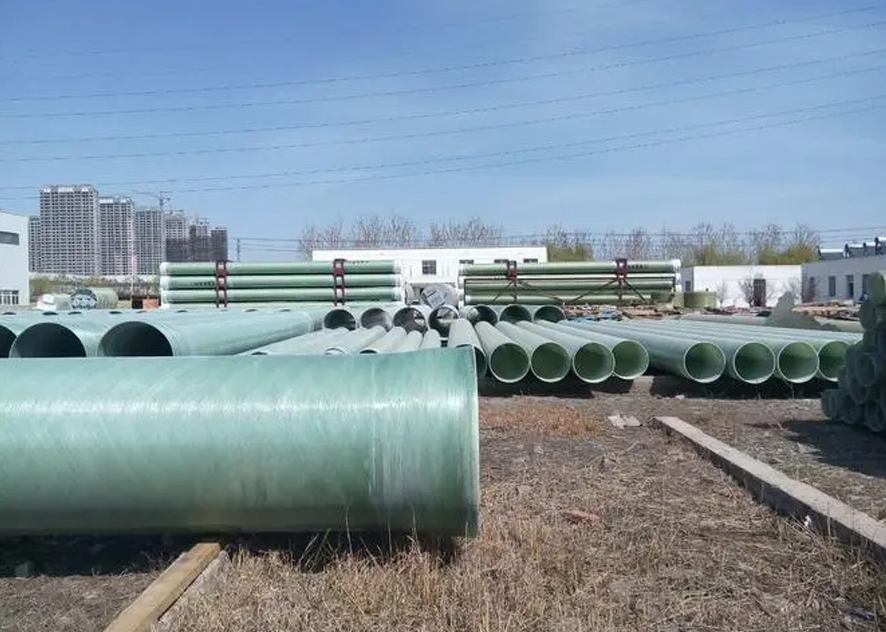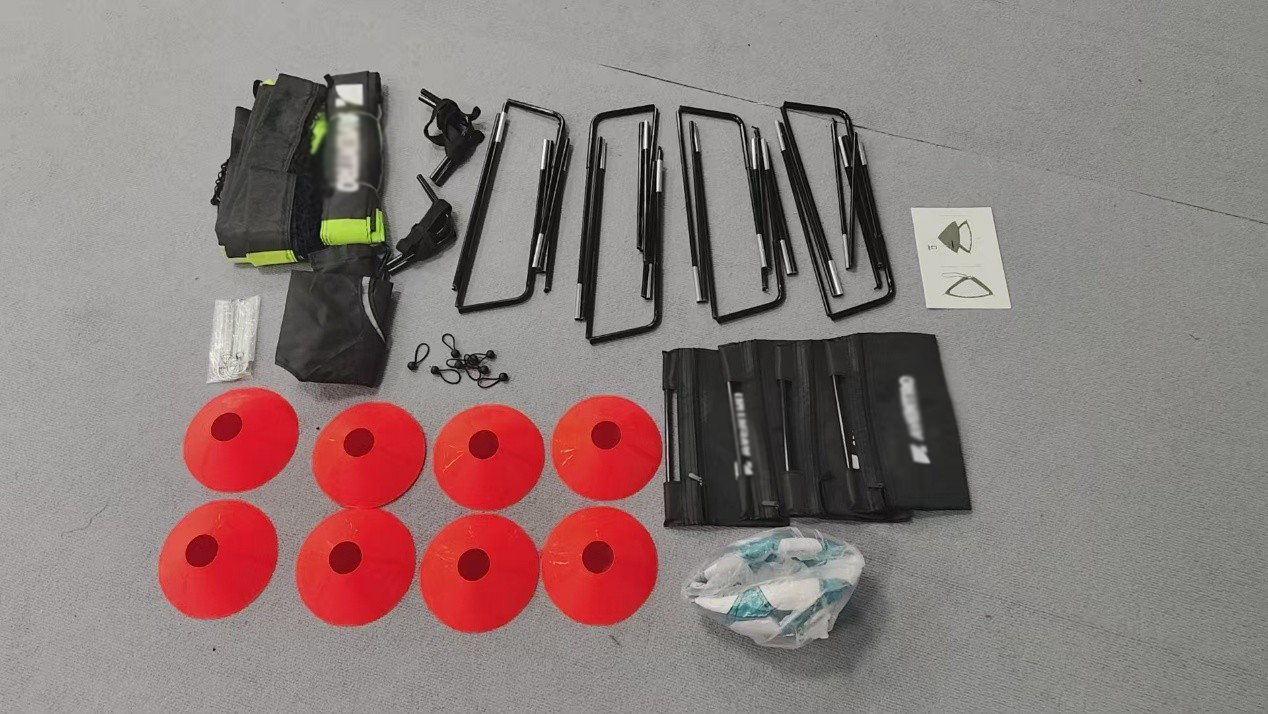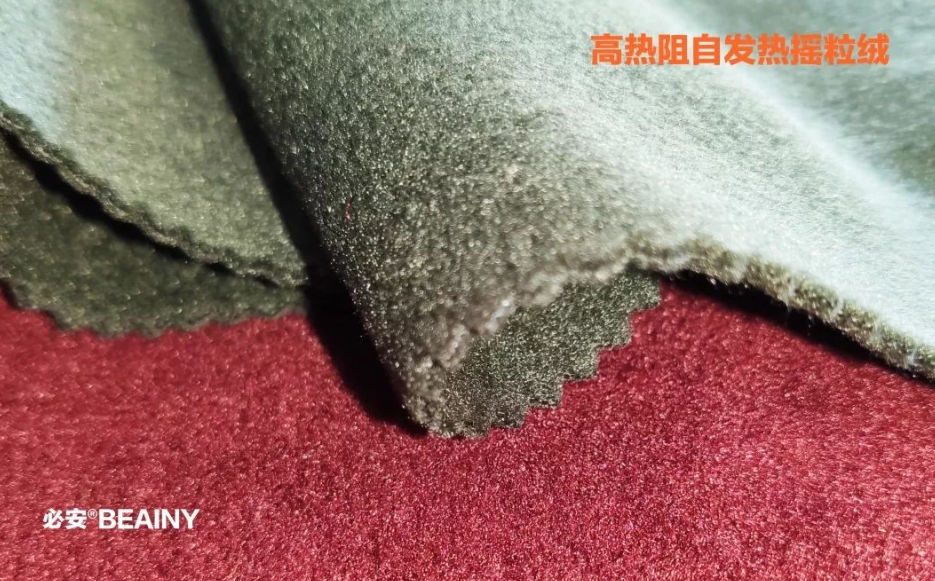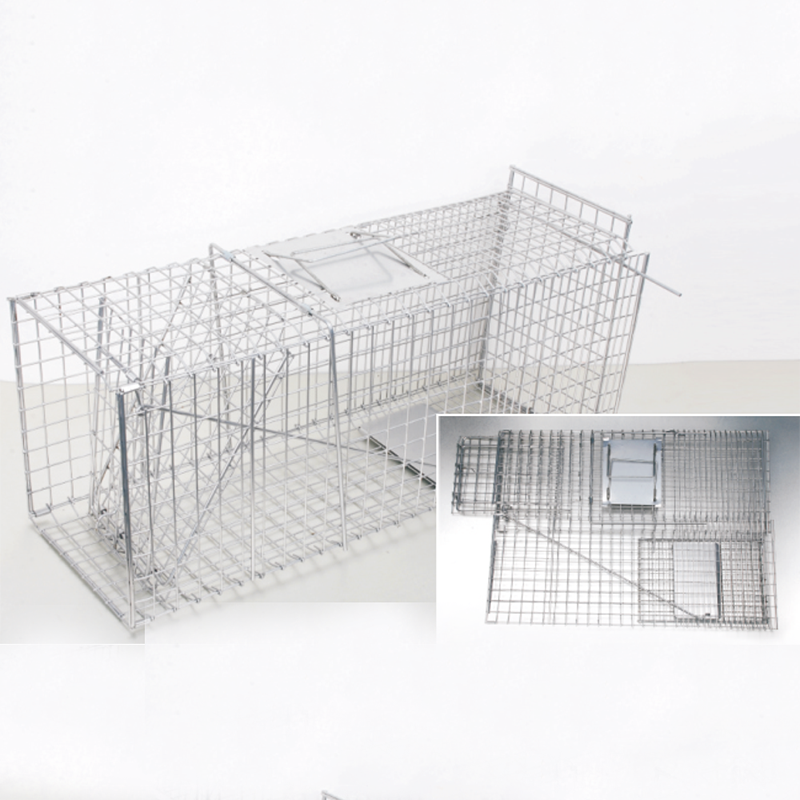In the insulation design of electric heating pipelines, designers must proceed from reality and determine the heating system parameters and design indicators according to the specific process medium implementation requirements, so that the process medium will not have condensation or blockage problems during system operation.
If the electric heating design is unreasonable or the electric heating tape is not installed in place, it will cause solidification of the chemical medium and poor transportation. These problems will affect the production efficiency of the chemical process, and also affect the operation of the equipment. In severe cases, they will also lead to shutdown. After analyzing these problems, we found that they are related to design and construction. Designers need to design tracing pipes based on understanding the heating requirements of equipment or pipes.

Equipment heating design requirements: Designers need to select the heating method according to the characteristics of the chemical medium. If the medium will cause corrosion to the equipment, the designer should design a heat tracing device outside the equipment so that it can use external heating to maintain the temperature of the material. If the properties of the medium are ordinary, the heat tracing device can be installed outside the equipment. , or internally. Designers also need to determine the length and spacing of accompanying pipes based on the specific requirements of different chemical processes and equipment.
The main requirements for pipeline electric heating insulation design include the following aspects:
1. Pipe material selection: Pipe materials with good thermal conductivity, high temperature resistance, and corrosion resistance should be selected, such as stainless steel, copper, etc.
2. Electric heating temperature control: The electric heating system should be able to automatically adjust the output power according to the ambient temperature and the temperature of the medium in the pipeline to keep the pipeline temperature within the set range.
3. Thickness of the insulation layer: The thickness of the insulation layer should be calculated based on factors such as pipe diameter, medium temperature, ambient temperature, etc. to ensure the insulation effect.
4. Explosion-proof and fire-proof: The electric heating system should be equipped with explosion-proof and fire-proof protection measures to ensure safe operation.
5. Energy saving and environmental protection: While meeting the thermal insulation requirements, energy consumption should be reduced as much as possible to reduce the impact on the environment.
Design and Calculation Method for Electrical Heat Tracing and Insulation of Pipelines
The calculation method of the insulation layer thickness is: based on the pipe diameter and medium temperature, look up the table to obtain the "specific heat capacity" and "density", and then combine the "ambient temperature", "heat transfer coefficient" and other parameters to calculate the insulation layer thickness using the formula. For specific formulas and parameters, please refer to relevant design manuals or literature.

 English
English Español
Español Português
Português русский
русский français
français 日本語
日本語 Deutsch
Deutsch Tiếng Việt
Tiếng Việt Italiano
Italiano Nederlands
Nederlands ไทย
ไทย Polski
Polski 한국어
한국어 Svenska
Svenska magyar
magyar Malay
Malay বাংলা
বাংলা Dansk
Dansk Suomi
Suomi हिन्दी
हिन्दी Pilipino
Pilipino Türk
Türk Gaeilge
Gaeilge عربى
عربى Indonesia
Indonesia norsk
norsk اردو
اردو čeština
čeština Ελληνικά
Ελληνικά Українська
Українська Javanese
Javanese فارسی
فارسی தமிழ்
தமிழ் తెలుగు
తెలుగు नेपाली
नेपाली Burmese
Burmese български
български ລາວ
ລາວ Latine
Latine Қазақ
Қазақ Euskal
Euskal Azərbaycan
Azərbaycan slovenský
slovenský Македонски
Македонски Lietuvos
Lietuvos Eesti Keel
Eesti Keel Română
Română Slovenski
Slovenski मराठी
मराठी Српски
Српски 简体中文
简体中文 Esperanto
Esperanto Afrikaans
Afrikaans Català
Català עִברִית
עִברִית Cymraeg
Cymraeg Galego
Galego 繁体中文
繁体中文 Latvietis
Latvietis icelandic
icelandic יידיש
יידיש Беларус
Беларус Hrvatski
Hrvatski Kreyòl ayisyen
Kreyòl ayisyen Shqiptar
Shqiptar Malti
Malti lugha ya Kiswahili
lugha ya Kiswahili አማርኛ
አማርኛ Bosanski
Bosanski Frysk
Frysk ជនជាតិខ្មែរ
ជនជាតិខ្មែរ ქართული
ქართული ગુજરાતી
ગુજરાતી Hausa
Hausa Кыргыз тили
Кыргыз тили ಕನ್ನಡ
ಕನ್ನಡ Corsa
Corsa Kurdî
Kurdî മലയാളം
മലയാളം Maori
Maori Монгол хэл
Монгол хэл Hmong
Hmong IsiXhosa
IsiXhosa Zulu
Zulu Punjabi
Punjabi پښتو
پښتو Chichewa
Chichewa Samoa
Samoa Sesotho
Sesotho සිංහල
සිංහල Gàidhlig
Gàidhlig Cebuano
Cebuano Somali
Somali Точик
Точик O'zbek
O'zbek Hawaiian
Hawaiian سنڌي
سنڌي Shinra
Shinra հայերեն
հայերեն Igbo
Igbo Sundanese
Sundanese Lëtzebuergesch
Lëtzebuergesch Malagasy
Malagasy Yoruba
Yoruba









